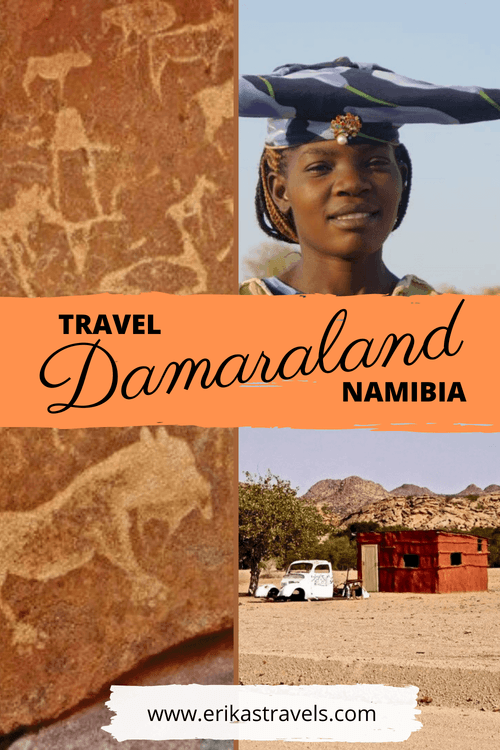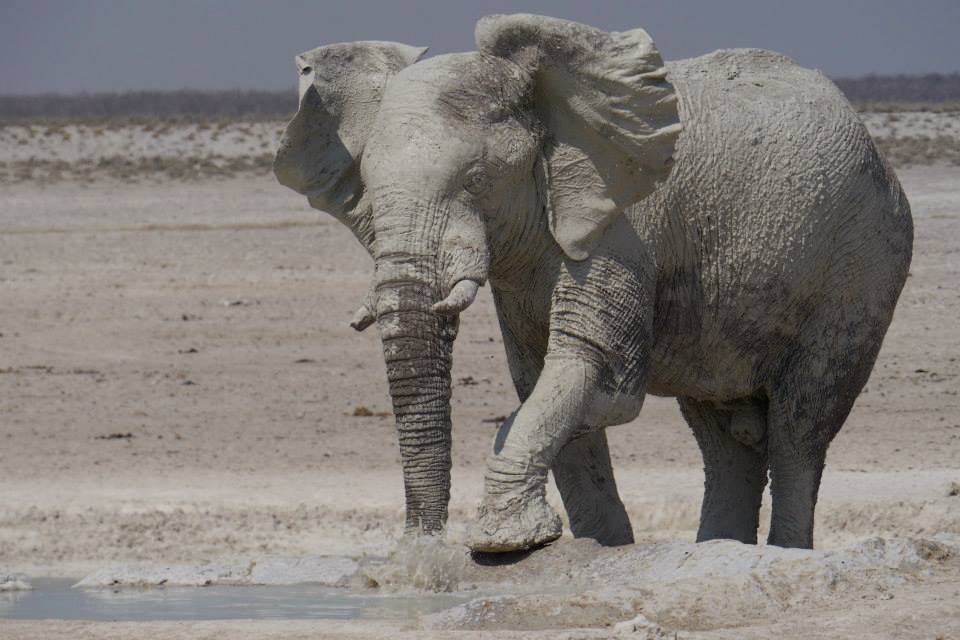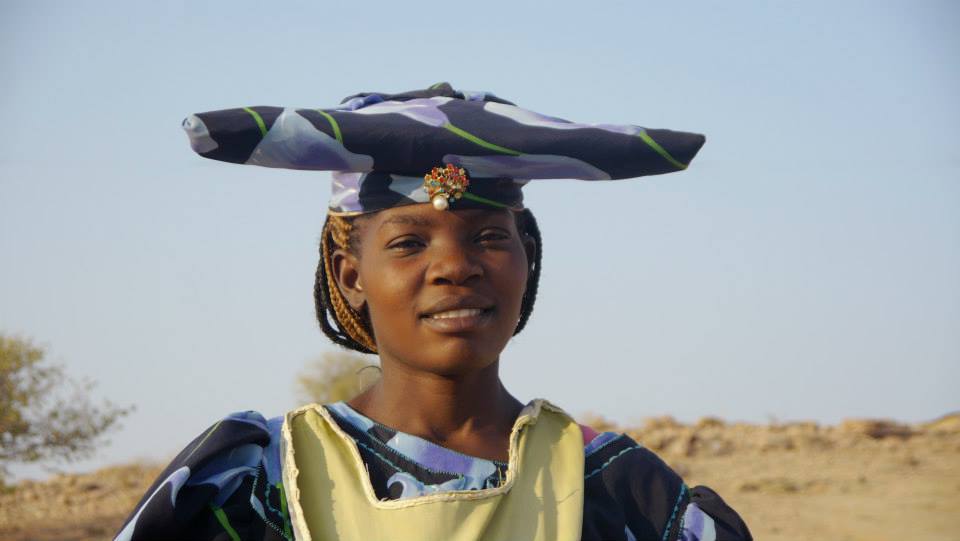
Traveling in Damaraland: Home of the Herero
Throughout history, humans have used the land to plant crops, chiseled it away at it to make homes and extracted its resources to fill their greatest desires. By using Earth’s resources to construct man-made realities, they have achieved great feats of engineering and controlled empires that expand the borders of many modern nations. It is these great feats and architectural masterpieces that have left many tourists awestruck and intrigued by the incredible craftsmanship and ingenuity of their forefathers. And it is sites like these that tourists flock to year after year when designing their perfect vacation.
Yet, Namibia’s Damaraland is a different type of destination.
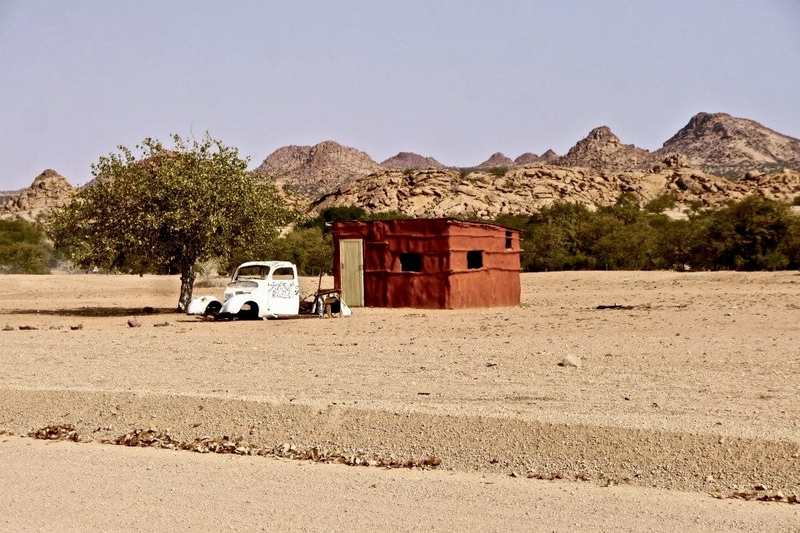
Namibia is a place that may lack some of the amenities and historical relics that have put other countries on the tourist trail, but it is striking nonetheless–striking precisely because of its desolation, isolation and nothingness. It is dusty, it is sandy, it is empty. Yet, from this alien landscape, arises a feeling of immensity that is often overwhelming. These bleak landscapes evoke a sense of beauty and inspiration.
What is most awe-inspiring about Namibia is its consuming vastness. And nowhere is this more apparent than Damaraland.
The Herero of Damaraland
The Herero are one of the eleven main ethnic groups that form part of Namibia’s colorful cultural ensemble. The Herero migrated into what is now Namibia’s Kaokoveld, from areas in Central and Eastern Africa. In the 1800’s, the group splintered. The Herero settled in Damaraland and became pastoralists and farmers. Their offshoot—the Himba—clustered around the Kunene region in the country’s northwest and have maintained a largely nomadic lifestyle.
The traditional Herero garb is a fusion of traditional and European styles. The Herero style is heavily influenced by Victorian-era German missionaries and consists of layers upon layers of petticoats, voluminous skirts and shawls. However, the most distinct feature of Herero attire is undoubtedly the headdress–a horn-shaped hat that symbolizes the importance of cattle in Herero culture.

Namibia’s Herero history is a tragic one. In 1907, the Herero staged a rebellion against the colonizing Germans. The rebellion backfired and resulted in the first genocide of the 20th century. The German forces squandered the Herero Rebellion and nearly extinguished the Herero ethnic group.
Today, descendants of the surviving Herero number in the 200,000s, but estimates predict that if it had not been for the genocide, their population would be closer to one million–meaning they would have overtaken the Owambos as the predominant ethnic group in Namibia.
Traveling to Damaraland, Namibia
During the year I spent living in Namibia, I was fortunate to have visited many of the country’s top highlights. On weekends and between semesters teaching, I took every opportunity possible to visit the country’s stunning natural wonders–from Etosha National Park’s animal-studded plains, to the towering dunes of Sossusvlei.
The landscapes in west-central Namibia elicit feelings of driving the empty roads of America’s wild west. We drove for miles, seemingly in the middle of nowhere and often in silence. At times, hours would pass before another car crossed our path.
Throughout the drive, we would find ourselves marveling at the expanses of red rock or pointing at the outline of pastel-colored mountains in the distance.
-
Petrified forest in Damaraland
Our first stop in Damaraland was the Petrified Forest that lies to the West of Khorixas. The petrified forest sits in the heart of a dry, rugged hills of Damaraland. It contains the remains of hundreds of trees, estimated to be around 280 million years old. These trees are thought to have originated in Zambia’s Copperbelt Region. Many scientists believe that they were washed into west-central Namibia by the floods after an ice age. The moving floodwaters carried sand and mud, which covered the trees, preserving them and preventing their decay. Over time, the wood has been replaced by quartz and has resulted in trees that, aside from their physical appearance, resemble rocks in many ways.

At the Petrified Forest, we were also able to see the famous Welwitchia Mirabilis–a plant species endemic to the Namib desert that is perfectly adapted to life in the arid environment. Welwitchia plants can live up to 2,000 years.
-
Twefylfontein UNESCO World Heritage Site
From the Petrified Forest, we continued onward to Twyfelfontein, Namibia’s first UNESCO World Heritage Site and the highlight of our trip into Damaraland. Twyfelfontein is a site that contains one of the largest conglomerations of petroglyphs in Africa. The artists of the engravings are widely believed to be the ancestors of the San hunter-gatherers that have inhabited the region for thousands of years. The engravings are estimated to be around 2,500 years old and depict many of the animal species that were found in the region, including elephants, giraffes, rhinos and lions. In total, the number of engravings exceeds 2,000.
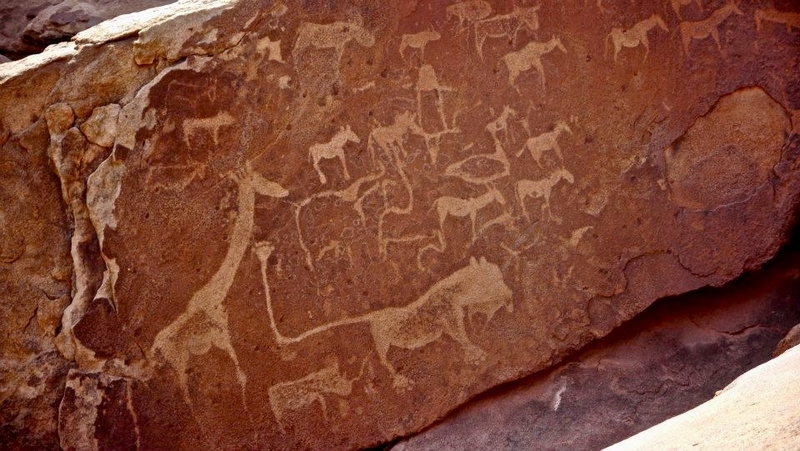
Some of the pictorial illustrations are of animals found in other areas, such as seals and penguins. This reveals that the inhabitants of the Twyfelfontein area likely had contact with the coastal region of the country, more than 100km away.
The area of the Huab Valley near Twyfelfontein was sacred to the early inhabitants of the area and held ritualistic significance. Many of the engravings, including the “lion man” portray the transformation between man and animal.
-
Spitzkoppe Mountain
Spitzkoppe is a highlight of traveling to Damaraland and a place that I regrettably skipped during my year of traveling and volunteering in Namibia.
The 1728 meter rocky massif rises above the dusty plains of southern Damaraland and has become a symbol of the region and of Namibia as a whole.
Next time I travel to Namibia, visiting the Spitzkoppe will be my top priority.
Why Travel to Namibia’s Damaraland?
While Damaraland certainly has beautiful tourist highlights, much of the region’s appeal lies in its empty spaces–spaces that are vast, endless and ever-changing in their geological characteristics and color schemes. They are spaces where barren lands are home to a resilient and resourceful population that is struggling to survive in one of the world’s harshest environments.
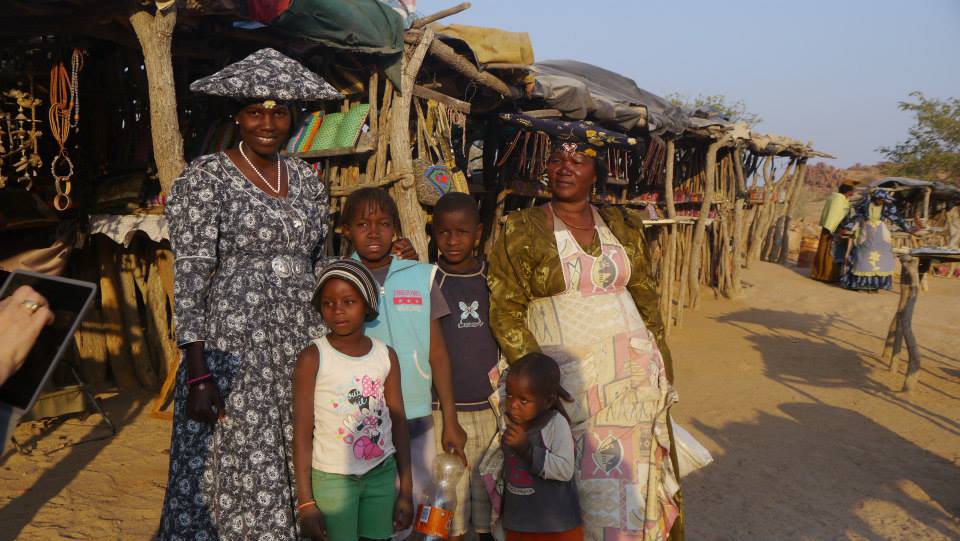
As with all living organisms in the region, the people of the Namib Desert have adapted to survive in this uncompromising part of the world. They have learned to work the land, to reap its fruits and to find their basic needs for survival in a place that most humans would deem unfit for habitation.
There are some environments that allow themselves to be transformed and still others so uncompromising that they have yet to be controlled. Instead, they transform the ways of life of those who live there and give them the strength and resilience to forge a life against all odds.
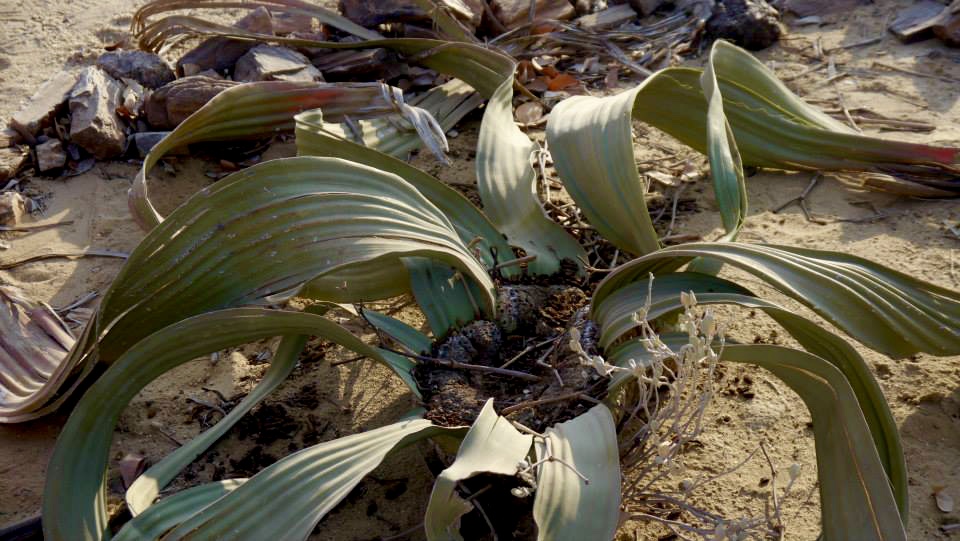
In many ways, Damaraland defines Namibia as a whole. Few places in Namibia—save perhaps the Skeleton Coast and the Kunene Region—offer a better window into the harsh realities of life in one of the world’s most sparsely populated countries. Damaraland is vast. It is uncompromising. It is challenging. And it is starkly beautiful.
For these reasons, the region should be a top priority when traveling to Namibia.
________________________________________
Was this Guide to Damaraland Namibia Helpful? Pin it!
